Point and Nonpoint Pollution Worksheet
Worksheets are valuable tools that can help students better understand and retain information on specific topics. When it comes to learning about pollution, a well-designed worksheet can be a powerful resource. Whether you are a teacher looking for an engaging activity to supplement your lesson or a student seeking extra practice, a point and nonpoint pollution worksheet can provide a structured way to explore this environmental concept.
Table of Images 👆
More Other Worksheets
Kindergarten Worksheet My RoomSpanish Verb Worksheets
Cooking Vocabulary Worksheet
DNA Code Worksheet
Meiosis Worksheet Answer Key
Art Handouts and Worksheets
7 Elements of Art Worksheets
All Amendment Worksheet
Symmetry Art Worksheets
Daily Meal Planning Worksheet
What is point source pollution?
Point source pollution refers to pollutants that enter the environment from a specific, identifiable source such as a pipe, ditch, or chimney. These sources release contaminants directly into air, water, or soil, making it easier to pinpoint and regulate the pollution compared to nonpoint sources that come from dispersed sources like runoff from agricultural fields or urban areas.
Give an example of a point source pollutant.
One example of a point source pollutant is a discharge pipe from a factory that releases untreated industrial wastewater directly into a river or stream.
What are the main sources of nonpoint source pollution?
The main sources of nonpoint source pollution include agricultural runoff, urban runoff, atmospheric deposition, construction activities, and natural sources such as windblown dust and organic matter decomposition. These sources contribute pollutants like nutrients, sediment, pesticides, heavy metals, and pathogens to water bodies, leading to water quality degradation and ecosystem impacts. Control measures such as best management practices and regulations are necessary to minimize the impacts of nonpoint source pollution on the environment.
How does nonpoint source pollution differ from point source pollution?
Nonpoint source pollution comes from diffuse sources such as runoff from agricultural fields or urban areas, making it challenging to identify and control. In contrast, point source pollution originates from specific, identifiable sources like industrial discharges or sewage treatment plants, which are easier to regulate and manage. The key distinction is that nonpoint source pollution does not have a clear, single point of origin, while point source pollution does.
Name an example of nonpoint source pollution in urban areas.
One example of nonpoint source pollution in urban areas is stormwater runoff carrying pollutants such as oil, pesticides, and litter from streets, parking lots, and other impervious surfaces into nearby water bodies.
What is the main source of point source pollution in agricultural areas?
The main source of point source pollution in agricultural areas is typically runoff from fields that carries pesticides, fertilizers, and animal waste into nearby water bodies. These pollutants can contaminate water sources, harm aquatic ecosystems, and affect human health if the water is used for drinking or recreational purposes. Proper management practices such as buffer strips, cover crops, and conservation tillage can help reduce point source pollution from agricultural areas.
How does point source pollution affect water quality?
Point source pollution, such as discharge from factories or sewage treatment plants, can have detrimental effects on water quality by introducing pollutants like heavy metals, chemicals, and nutrients into water bodies. These pollutants can lead to contamination of water sources, harming aquatic life, disrupting ecosystems, and posing health risks to humans who rely on these water sources for drinking or recreation. Point source pollution can result in decreased water quality, increased treatment costs, and long-term environmental degradation if left unchecked.
Explain how nonpoint source pollution impacts ecosystems.
Nonpoint source pollution impacts ecosystems by introducing contaminants such as fertilizers, pesticides, and sediment into water bodies through runoff. This pollution can cause algal blooms, degrade water quality, harm aquatic life, disrupt food chains, and alter habitats. Additionally, it can lead to oxygen depletion in water bodies, affecting the survival of fish and other organisms. Overall, nonpoint source pollution can have wide-reaching and detrimental effects on the health and balance of ecosystems.
What are some strategies to prevent or control point source pollution?
To prevent or control point source pollution, strategies include implementing strict regulations on industrial discharges, requiring advanced treatment technologies for wastewater, conducting regular inspections and monitoring of industrial facilities, promoting pollution prevention practices, enforcing penalties for non-compliance, encouraging the use of alternative materials and processes that reduce pollution, and involving stakeholders in decision-making processes to ensure accountability and transparency in pollution control efforts.
How can individuals help reduce nonpoint source pollution?
Individuals can help reduce nonpoint source pollution by properly disposing of household chemicals, oils, and paints, reducing the use of fertilizers and pesticides on lawns and gardens, managing stormwater runoff by directing downspouts away from paved surfaces, using native plants in landscaping to reduce the need for watering and fertilizers, practicing responsible boating habits by containing fuel spills, and participating in local clean-up events to remove trash and debris from waterways. These small actions can collectively make a significant impact in reducing nonpoint source pollution and protecting our water resources.
Have something to share?
Who is Worksheeto?
At Worksheeto, we are committed to delivering an extensive and varied portfolio of superior quality worksheets, designed to address the educational demands of students, educators, and parents.

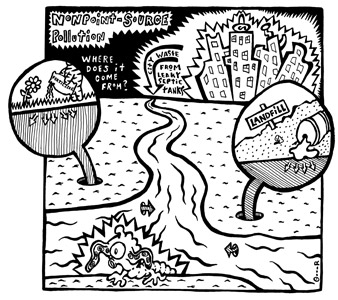



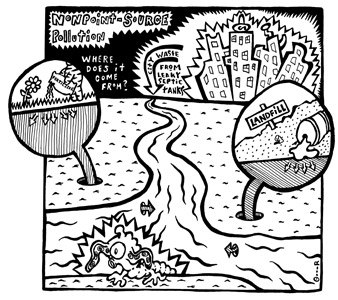
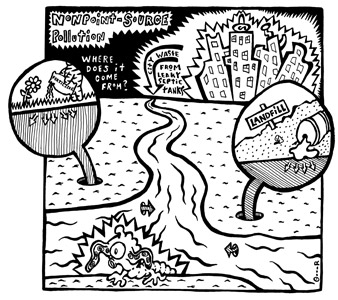
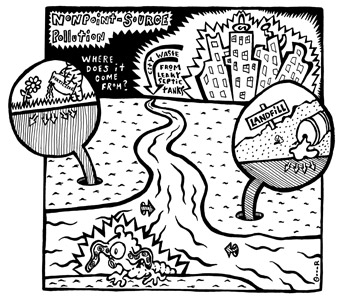
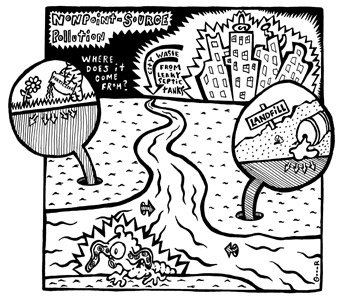
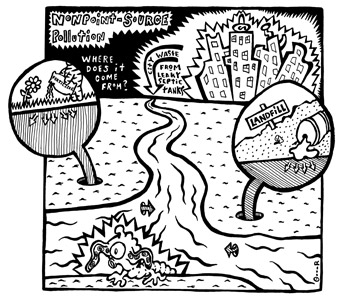
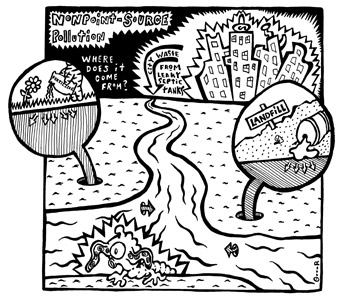
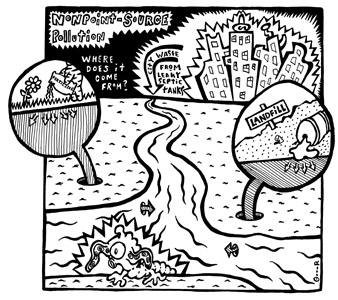
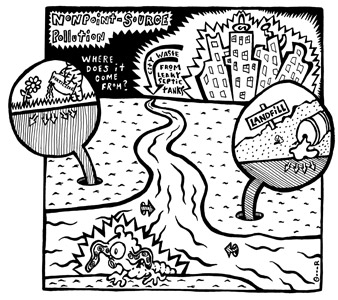
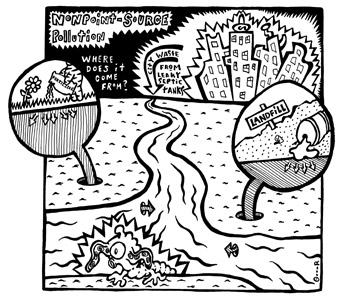
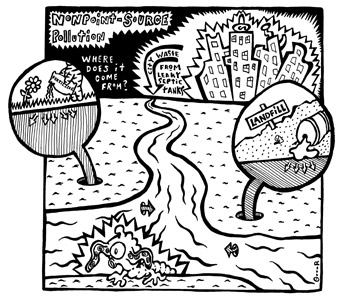
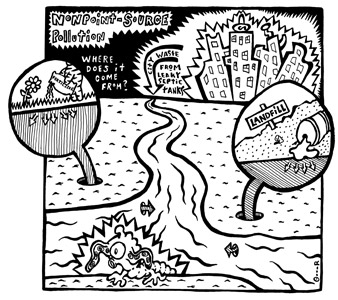
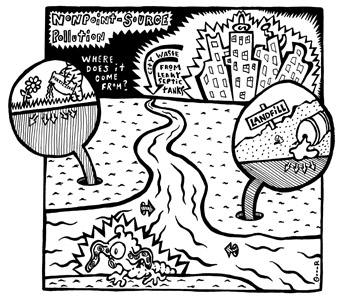
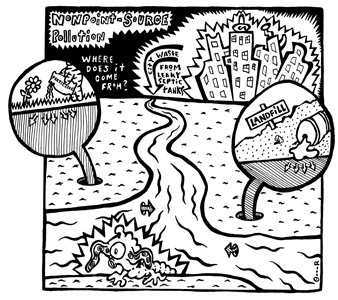
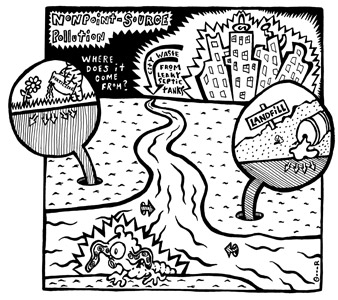
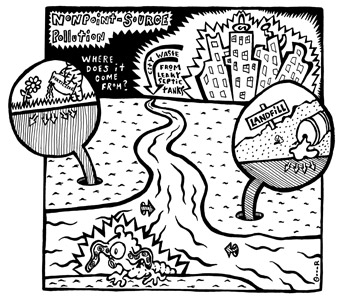
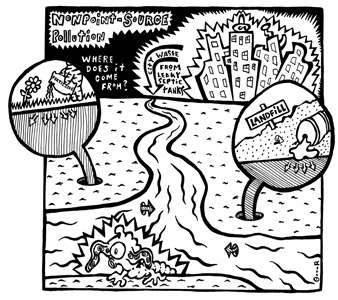
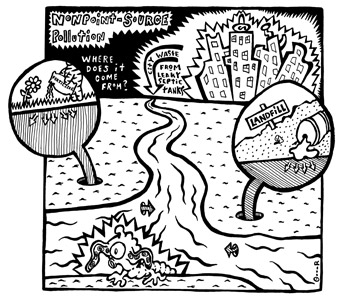
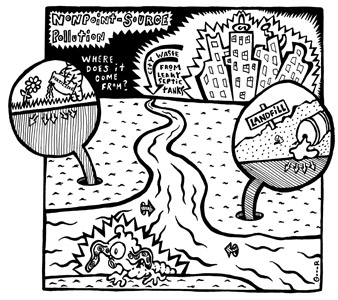
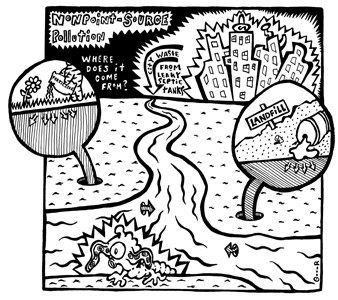














Comments